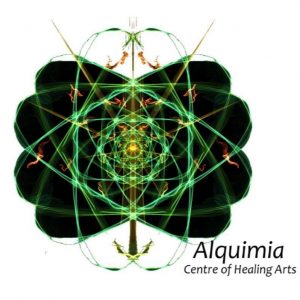We will start by asking: where am I?
Is this a primary forest? A rural setting or an urban one? Which climatic zone am I in? Temperate, tropical?
First, we need to know what an ecosystem is:
Natural ecosystem is a community of living and non-living organisms, where each component interacts together as a unit through biological, physical and chemical processes. The distinctiveness of natural ecosystems is that they are purely natural and their formations are not in any way influenced by human activity.
Yes, in fact we can find also artificial ecosystems but we won’t treat them in this course.
Here is a list of all the known natural ecosystem and their definitions:
1. Tropical Rainforest Ecosystems
The tropical rainforests are found near the equator, between the tropics. These are the regions that experience very high annual rainfall and are characterized with high average temperatures. The areas also have high humidity that is lower in the dry season compared to the wet seasons.

The tropical rainforest areas have extreme biodiversity and boost some of the most unique plant and animal species in the planet. Due to their location near the equator, they offer favorable conditions for survival. However, the soils in tropical rainforest ecosystems are poor in nutrients as they are not stored for very long in the soil.
2. Taiga Ecosystem
Taiga ecosystems are also referred to as the boreal forests or snow forests. These ecosystems constitute the world’s largest land ecosystems making up 29% of the world’s forest cover. They are found throughout the high northern latitudes with considerable regional variations. Particularly, they are Subarctic-subalpine, needle-leaved forests. The Taiga ecosystems experiences extreme winters and short summers. Taiga soils are thin and poor in nutrients due to the cold which hinders the development of the soils.

3. Temperate Forest Ecosystem
The temperate forest ecosystems primarily include the temperate coniferous forests, which are evergreen and the temperate deciduous forests – the trees that lose their leaves each year. These natural ecosystems are mainly found between the tropics and in the Polar Regions. Their trees are wide leafed, large and tall. The major trees in these forests are the maple, oak, redwood, ash, birch, pine and beech. The areas have less undergrowth. The temperate rainforest experience moderate rainfall and dense humidity with mild winters.

4. Tundra Ecosystem
Tundra ecosystems are found in the Arctic and Antarctic – the Polar Regions. The vegetation in Tundra ecosystems is composed of dwarf shrubs, sedges and grass, mosses and lichens. The subsoil is permanently frozen, which makes it impossible for trees to grow in the region. The tundra is covered in marches, lakes and streams during the warm summers.

Since the Tundra ecosystems are very cold, the biodiversity is low with few plant species and land mammals adapted to the prevailing environmental conditions. Polar bears are example of the land mammals adapted to the Tundra regions. There are also numerous bird species migrating through these regions each year.
5. Shrubland Ecosystem
Shrubland ecosystems are as well known as scrubland since they are dominated by low shrubs. The ecosystem occurs as a result of a transitional plant community between regions or may also occur after a disturbance of a forest because of natural or wildfires. Other interacting factors leading to the formation of shrublands include nutrient-poor soils, aridity or drought.

Since these conditions are highly common in temperate, semi-arid, and continental climate areas, shrublands existence are predominant in these areas. Heath is a good example of shrubland found on free-draining infertile acidic soils in humid and sub-humid areas. The moorland, another example, is mostly found on the mountain regions and its species is suitable for its unique microclimate.
6. Lentic Ecosystems
These are the still water ecosystems. Lakes and the seas are good examples, but they can range from ponds to lagoons to vast oceans. These ecosystems have three regions. They include the open water zone, deep bottom regions not exposed to light, and the bottom and shore regions each with different conditions. Therefore, they host species specifically adapted to live in the regions, forming layers of different ecosystems.
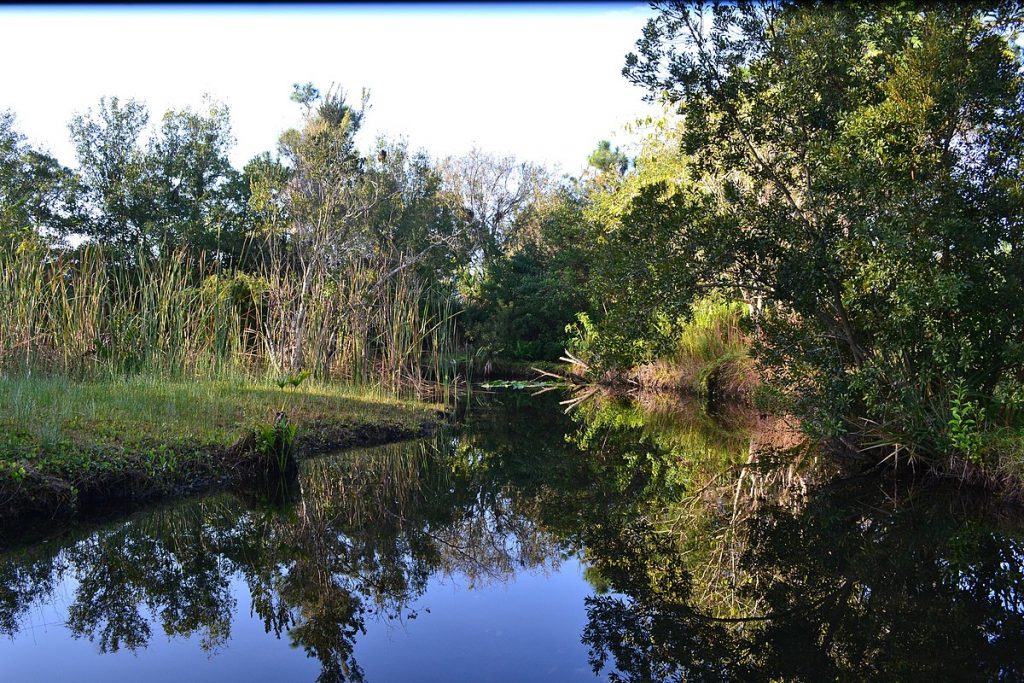
Desert ecosystems are typically cold in the night and very hot during the day. They receive little to no rainfall annually. Deserts cover up to one fifth of the earth’s surface and lie in temperate zones as well. Owing to their extreme weather conditions, only a few animals and plants live in the deserts.

Deserts are further categorized into four; cold, hot and dry, semiarid, and coastal deserts.
8. Grassland Ecosystem
Grassland ecosystems include the temperate grasslands and the tropical savannahs. The soil of the temperate grassland is deep and dark with fertile upper layers, which is good for supporting plant growth. Savannahs, on the other hand, are found in warm and hot climates where the annual rainfall is very low.
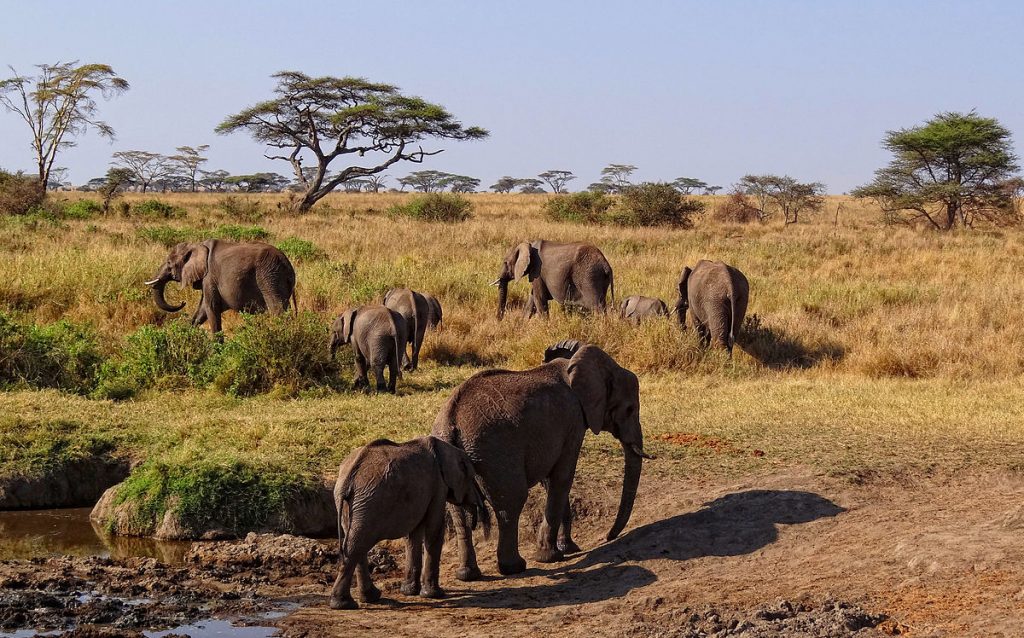
The soil of the savannah is porous with rapid drainage of water. The dominant vegetation is grass with scattered trees and shrubs. The ecosystem supports a large number of animal species such as the zebra, elephants, gazelle, wolves, rabbits, foxes, and coyotes.
9. Littoral Ecosystems
These ecosystems are common at the shores of lakes, rivers and seas. They are sometimes referred to as the intertidal zone where the effects of tides are minimal. The availability of water in these ecosystems enables a greater variety of plant and animal life, and the formation of extensive wetlands. Also, the high humidity as a result of evaporation supports unique types of organisms.
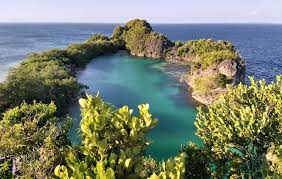
The aquatic plants are grouped based on their tolerance to water depth; and their examples include the aquatic plants, marsh, wet meadow, and the wooded wetland.
10. Lotic Ecosystem
Any kind of moving water makes up lotic ecosystems. They range from springs to major rivers. The flow of a river is unidirectional and there is a state of continuous physical change. There is a high degree of spatial and temporal microhabitats at all scales and the variability between lotic systems is quite high.
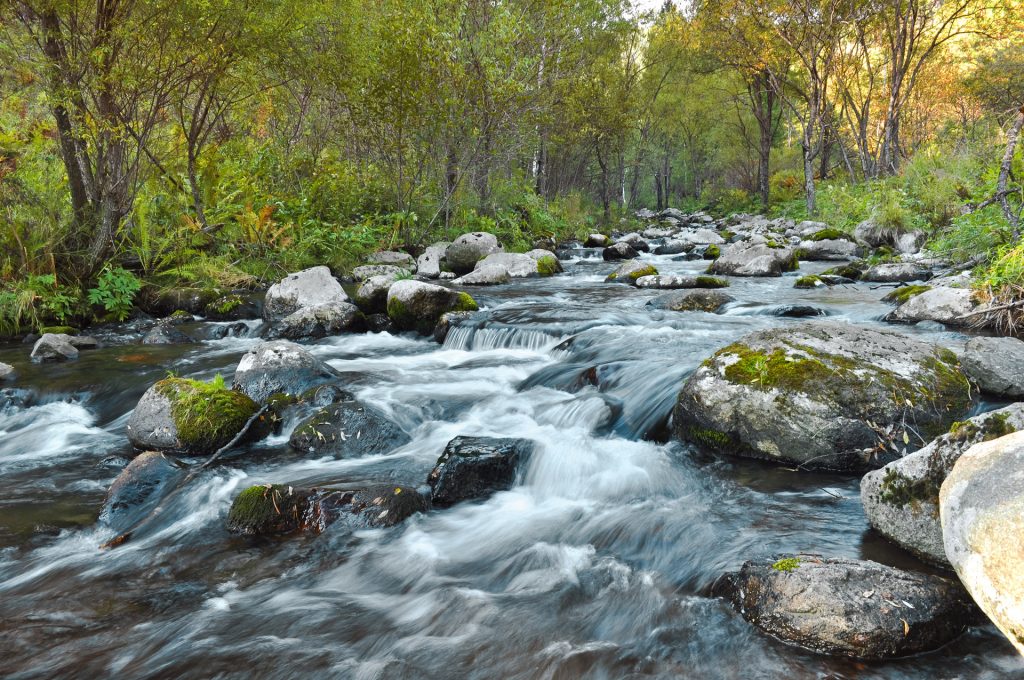
For this reason, several plant and animal species are able to interact with the lotic systems. The plants and animals in the regions are specialized to live in the flowing conditions. Lotic ecosystems have two main zones, rapids where the water is fast and pools, where waters are deep and the currents are slower.
11. Salt Marsh
The areas regularly flooded by the tides between open saltwater and land in the upper coastal intertidal zone make up saltmarsh ecosystems. Thus, it is part of the coastal ecosystem. Its uniqueness arises because it is densely dominated by salt tolerant plants namely grasses, herbs and low shrubs. These ecosystems support a number of terrestrial animals and provide protection to the coastal areas. They also play a critical role in the aquatic food web by availing nutrients in the coastal waters.
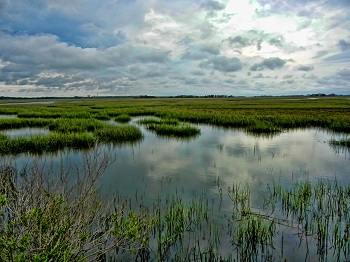
12. Coral Reefs
The diverse underwater marine ecosystems in existence across the world’s oceans in both deep and shallow waters constitute the coral reef ecosystems. They cover about one percent of the total ocean floor. Coral reefs are the “big cities of the sea” also often referred to as the “rainforests of the sea”.
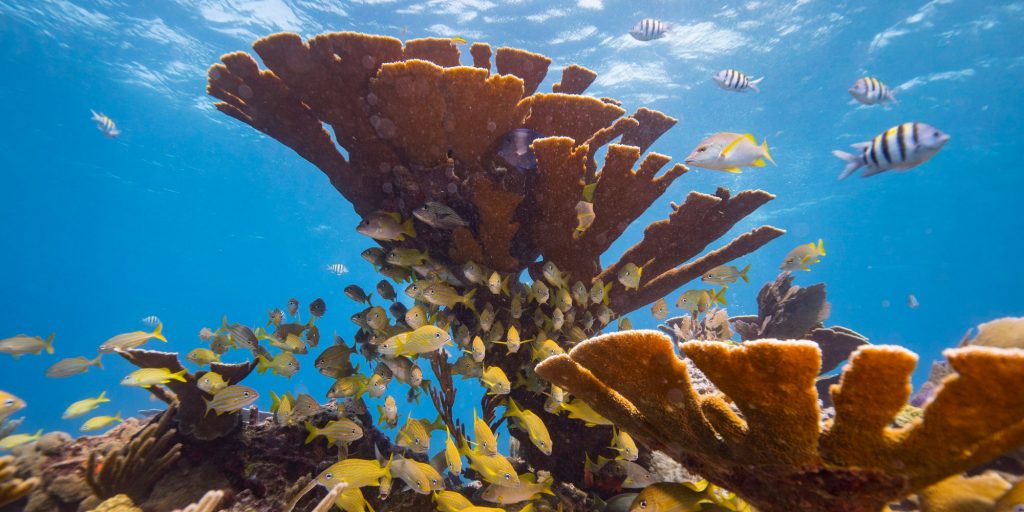
Since they have diverse and intricate marine habitats supporting a widely different numbers of marine species, coral reefs qualify as the world’s most prolific ecosystems. Notably, they act as the breeding grounds for fish and keep them safe while at the same time nourishing them with nutrients until the young ones are able to strike out in the ocean. Coral reefs also protect the ocean shores from storm damage.
13. Mangrove Swamp
Any form of shrubs or small trees growing in the coastal saline or brackish water make up the mangrove swamp ecosystems. The plants and shrubs in mangrove ecosystem are highly salt tolerant and well adapted to the harsh coastal conditions such as the low oxygen conditions of waterlogged mud. The plants also have complex root systems enabling them to cope with salt water immersion and wave action. The mangrove swamps are largely found in tropical and subtropical tidal areas.

Now that we are more familiar with the diversity of ecosystems we can start to process some information available around.
First exercise: figure out the zenith and the solar zenith angle. Lift your head and look above, where is the sun?
The solar zenith angle is the angle between the zenith and the centre of the sun’s disc. The solar elevation angle is the altitude of the sun, the angle between the horizon and the centre of the sun’s disc.
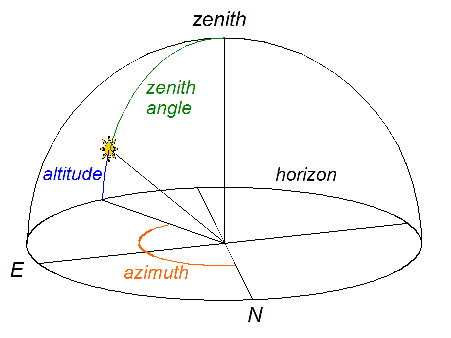
By now you can practice the position of the cardinal points and understand the rising sun site. These are precious data.
Different plants, different attitude towards the sun exposition. The sun radiation strongly influences growth, behaviour and substances produced by plants (and animals and mushrooms). Refine your sight and try to localize shade areas during the spam of the day. You will find different plants in different spots. This is absolutely important whilst hunting a plant of choice. Learn first the profile of a plant you are foraging.
An example: Rosemary (Rosmarinus officinalis)

The species is of Mediterranean origin but is cultivated pantropically. It is tolerant of heat and drought, and thrives in areas with dry, poor, rocky, and sandy soil. Commonly found in sunny areas.
When foraging wild rosemary we need to look for rocky soils and sun exposed areas.
Another substancial factor to take into account is the seasonal variation. When in a four season country we want to learn all the different transformation of a single species. When does this plant bloom? Which colour are the leaves in Autumn? Is this a perennial, an annual or a biennial?
Annual plants are plants with a life cycle that lasts only one year. They grow from seed, bloom, produce seeds, and die in one growing season. They then need to be replanted each spring.
Most annuals bloom for a long time. They provide beautiful colors from spring through fall and are popular with flower gardeners. Some favorite annuals are petunias, marigolds, and zinnias.
Perennial plants live for more than two years. They return year after year and continue growing until they reach maturity, which varies by plant but averages three to five years.
The term “perennial” refers to herbaceous (“green”) plants since woody plants, such as trees, are perennial by definition.
Unlike annuals, perennials tend to bloom for just a short time — one to three weeks — each year. Examples of popular perennial flowers include tulips, asters, black-eyed susans, and lilies.
Perennials generally do not have to be replanted each year. However, some gardeners choose to replace certain perennials, such as the perennial flowers mentioned above, every three to five years if they start to decline.
Hardier perennials might return year after year for 20 years or more. Perennials have structures, such as bulbs and rhizomes, that allow them to survive for many years.
Perennials can be divided into two categories. Deciduous perennials, such as the perennial flowers mentioned above, grow part of the year and fall dormant the rest of the year. Evergreen perennials, such as pine trees, grow year round.
Biennial plants have a two-year life cycle.
They grow as green plants their first year, survive the winter, and then bloom the following year. After they bloom and produce seeds, biennial plants then die. Examples of biennial plants include foxgloves and hollyhocks.
Some plants that are perennials in their native region may be considered annuals in other regions.
It is very vital to study your local territory along the seasons, since plants are living beings they adapt to their own environment and can behave unexpectedly.
What else do we need to know?
Make a little research on direction of seasonal winds, draw a map of the various sources of water like natural ponds, rivers or springs, then collect all the information about the soil.
How?
Ask the locals, find a local herbalist or guide. They have a great knowledge of the territory. You can also test the soil in different spots measuring the amount of clay, sand and silt.
Types of soils
Sandy soil
Sandy Soil is light, warm, dry and tend to be acidic and low in nutrients. Sandy soils are often known as light soils due to their high proportion of sand and little clay (clay weighs more than sand).
These soils have quick water drainage and are easy to work with. They are quicker to warm up in spring than clay soils but tend to dry out in summer and suffer from low nutrients that are washed away by rain.
The addition of organic matter can help give plants an additional boost of nutrients by improving the nutrient and water holding capacity of the soil.
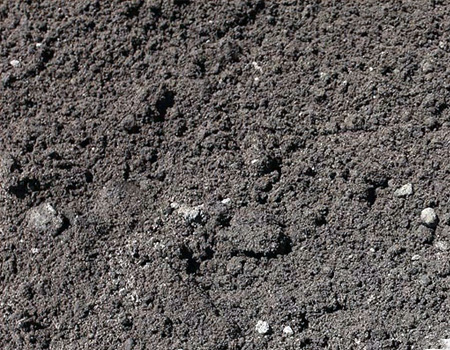
Clay Soil
Clay Soil is a heavy soil type that benefits from high nutrients. Clay soils remain wet and cold in winter and dry out in summer.
These soils are made of over 25 percent clay, and because of the spaces found between clay particles, clay soils hold a high amount of water.
These soils drain slowly and take longer to warm up in summer, combined with drying out and cracking in summer.
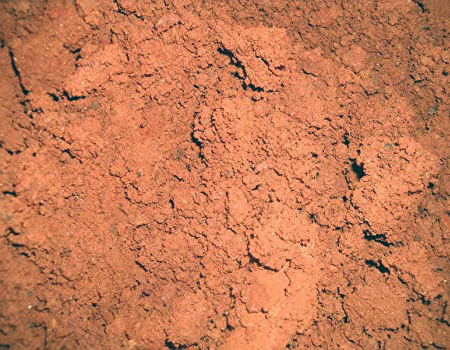
Silt Soil
Silt Soil is a light and moisture retentive soil type with a high fertility rating.
As silt soils compromise of medium sized particles they are well drained and hold moisture well.
As the particles are fine, they can be easily compacted and are prone to washing away with rain.
By adding organic matter, the silt particles can be bound into more stable clumps.

Peat Soil
Peat soil is high in organic matter and retains a large amount of moisture.
This type of soil is very rarely found in a garden and often imported into a garden to provide an optimum soil base for planting.
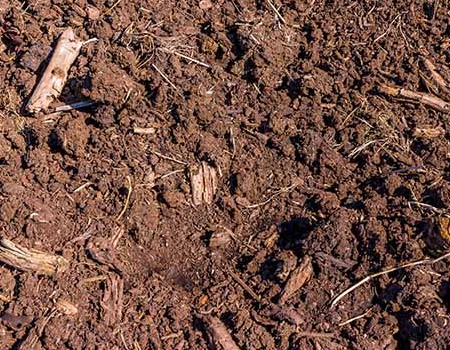
Chalk Soil
Chalk soil can be either light or heavy but always highly alkaline due to the calcium carbonate or lime within its structure.
As these soils are alkaline they will not support the growth of ericaceous plants that require acidic soils to grow.
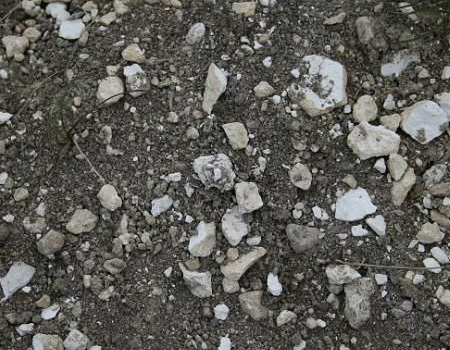
Loam Soil
Loam soil is a mixture of sand, silt and clay that are combined to avoid the negative effects of each type.
These soils are fertile, easy to work with and provide good drainage. Depending on their predominant composition they can be either sandy or clay loam.
As the soils are a perfect balance of soil particles, they are considered to be a gardeners best friend, but still benefit from topping up with additional organic matter.
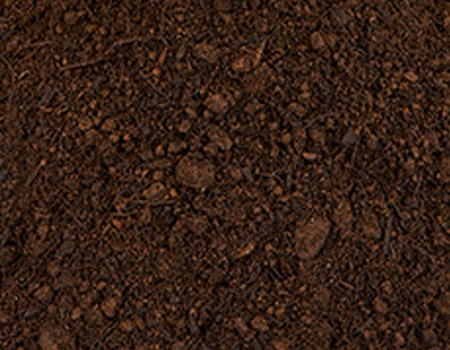
With this adquired knowledge you can now test the percentage of each component in the soil.
Texture
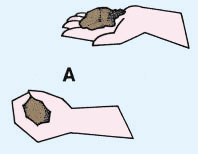
Take a handful of moist soil and squeeze it into a ball (a). Throw the ball into the air about 50 cm and then catch it.
If the ball falls apart, it is poor soil with too much sand (c); If the ball sticks together, it is probably good soil with enough clay in it. (d)


Proportions
Put 5 cm of soil in a bottle and fill it with water; Stir the water and soil well, put the bottle down, and do not touch it for an hour. At the end of an hour, the water will have cleared and you will see that the larger particles have settled;
- At the bottom is a layer of sand;
- In the middle is a layer of silt;
- On the top is a layer of clay. If the water is still not clear, it is because some of the finest clay is still mixed with the water;
- On the surface of the water there may be bits of organic matter floating;
- Measure the depth of the sand, silt and clay and estimate the approximate proportion of each
Textural classes of soils
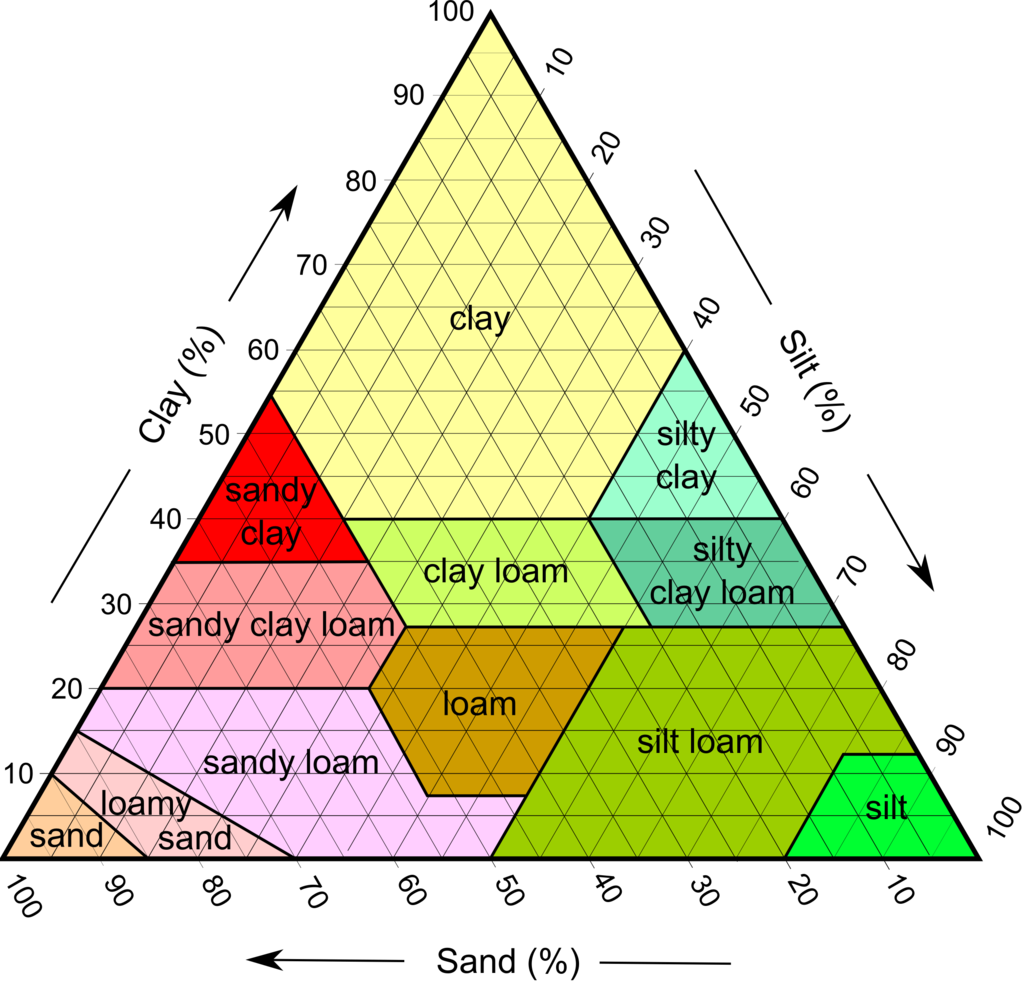
Before diving into more technical waters, we can spend some time more in Nature and observe the following:
- Presence of Wildlife
- Landscape
- Wild versus Domesticated plants
- Any trace of mushrooms
- Health status of the Environment
- Elements of Symbiosis
What is Symbiosis?
Symbiosis comes from two Greek words that mean “with” and “living.” It describes an intimate relationship between two organisms from different species. It is sometimes, but not always, beneficial to both parties.
Four Kinds of Symbiosis
There are several kinds of symbiosis to consider when looking for examples of symbiosis:
- Commensalism
- Parasitism
- Mutualism
- Endosymbiosis and ectosymbiosis
Commensalism
Commensalism is a type of relationship where one of the organisms benefits greatly from the symbiosis. The other is not helped but is not harmed or damaged from the relationship. In other words, this is a one-sided symbiotic relationship.
Parasitism
In parasitism, one organism benefits from the relationship but at the expense of the other. The organism may live inside the other’s body or on its surface. In some of these parasitic relationships the host dies and in others, it is important that the host remain alive.
Mutualism
Mutualism is a close relationship where both parties benefit. Both species will benefit from the relationship and many of these relationships are long-lasting.
Endosymbiosis and Ectosymbiosis
Endosymbiosis is one species living inside another one.
- Example: Protozoans that live inside termites and help them digest wood.
Ectosymbiosis is one species living on the surface of the other species.
- Example: Lice that feed on the skin, blood, or oil secretions of the host.
Do you recognize any of these behaviours within human society?
Now we are ready for the next step.
